The rise of alternative data has encouraged more fundamental investors to consider a new approach in their investing strategy: quantamental investing.
In the past, analysts taking a fundamental approach and those taking a quantitative approach often worked in silos, but these teams are increasingly beginning to work together and blend their investment analysis methods to improve results.
Fundamental analysis evaluates a security by looking at key company financials and economic indicators, with a goal of determining the health and future performance of a company. A fundamental approach looks at factors such as debt and cash flow using three principle financial statements: income statement, balance sheet and statement of cash flows.
Quantitative analysis aims to discover investment opportunities by using mathematical and statistical modeling, measurement and research. This method involves key financial ratios, such as price-earnings ratio or earnings per share. With the rise of alternative data – any non-traditional data (such as social media interactions, product reviews, parking lot activity) that is used to make investment decisions – quantitative analysts (or ‘quants’) are integrating alt data sets into their workflows, particularly as these roles are increasingly “expected to source and explore more types of data.”
As the data landscape continues to evolve, analysts must also evolve to keep up with the changes. Alt data is becoming more mainstream as investors are finding an edge with data sets that are often less readily accessible than traditional sources of data. Fundamental analysts are integrating more data-driven strategies into their day-to-day workflow, mixing in machine learning and data scientists to interpret large data sets.
However, while alt data can certainly provide interesting insights into a company, it’s important to remember that alt data is focused on a specific point in time – what we refer to as a ‘nowcast.’ Since it has limitations in predicting how a company will perform in the future, alt data “works best as a complement to conventional financial modeling.”
Investment managers need to marry nowcast data with forecast data to shape strong active investment strategies. Alt data requires analysis and context to be really useful for most active investment managers. By interweaving alt data points with other company information, active investment managers will have a more rounded, informed perspective on overall future performance.
Consider eBay (EBAY) as an example. Alternative data services mine and sample listings on eBay to determine if the number of listings are increasing or decreasing over a given period of time. These services then translate those listings to a dollar value to understand gross merchandise value. At any point in time, these services can provide an estimate on the current state of gross merchandise value for eBay. However, this doesn’t directly translate into a forecast for the company. Instead, consensus estimates created from analyst models, along with the mined data from an alt data service, can provide insight into what’s happening now and what is expected to happen in the future. This provides a holistic view of a company for active asset managers to use to create an investment idea.
Nowcasts with forecasts provide a solid base on which to make investment decisions for the medium- and long-term. This richer information environment can drive true insight, fostering ideas and connections that will translate into strong long-term investment decisions. It’s these insights about the ecosystems of companies that drive real out-performance.





